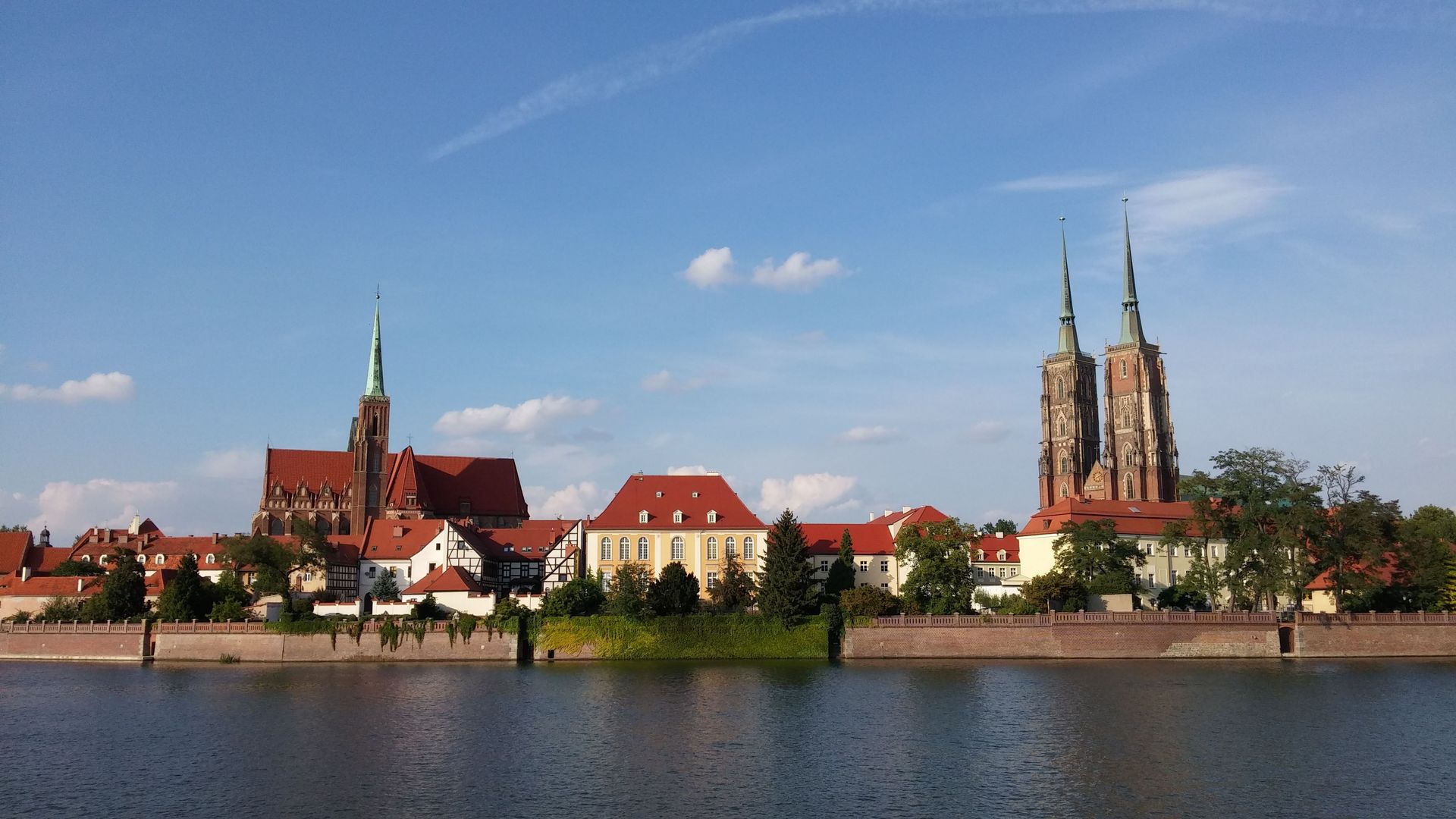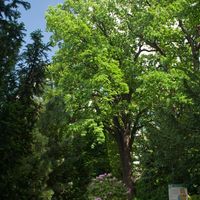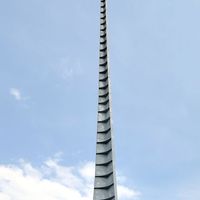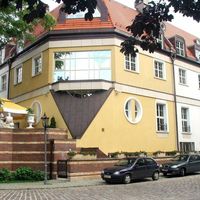Downtown
6.58

Overview
Śródmieście was a self-governing administrative district of Wrocław, established on February 12, 1952. Its functions were broadly taken over by the City Office of the newly created Municipality of Wrocław on March 8, 1990. Although Śródmieście is no longer a separate administrative unit, its name is still used in statistical contexts and by various government and specialized administrative bodies, such as the healthcare service (ZOZ), tax office, prosecutor's office, and police. The area of Śródmieście covers 16 km², and according to data from the Central Statistical Office (GUS) from December 2019, it was home to 105,967 people. However, the district is currently facing a process of deurbanization and depopulation, as illustrated by the census data from 1988 (131,000 residents), 2011 (118,000), and 2021 (below 100,000).
Śródmieście is located opposite the Old Town of Wrocław, on the right bank of the Oder River, with its western part encompassing Ostrów Tumski – the oldest part of the city – and the Ołbin housing estate, including the distinct areas of Nadodrze and Plac Grunwaldzki. The eastern part of Śródmieście is Wielka Wyspa (Great Island), with the housing estates of Zacisze, Sępolno, Zalesie, and Biskupin.
Architecturally, Śródmieście is characterized by a diverse style, ranging from Gothic buildings on Ostrów Tumski to modernist housing estates on Wielka Wyspa. Culturally, the district offers a rich artistic life and historical traces, such as the cathedral on Ostrów Tumski, which is one of Wrocław's most important monuments.
Interestingly, although Śródmieście is no longer a formal district, it remains a significant point in Wrocław's structure both historically and culturally, highlighting the city's rich history and dynamic development.
Location
Tickets
Powered by GetYourGuide
You can also find here:

Centennial Hall in Wrocław
8.33
Biskupin-Sępolno-Dąbie-Bartoszowice, Wrocław

Wrocław University Botanical Garden
8.18
Old Town, Wrocław

Wrocław Zoo
8.11
Biskupin-Sępolno-Dąbie-Bartoszowice, Wrocław

Archdiocesan Museum in Wrocław
7.64
Old Town, Wrocław

Wrocław Museum of Natural History
7.17
Old Town, Wrocław

Needle
7.17
Biskupin-Sępolno-Dąbie-Bartoszowice, Wrocław

Four Domes Pavilion
7.13
Biskupin-Sępolno-Dąbie-Bartoszowice, Wrocław

Japanese Garden in Wrocław
7.05
Biskupin-Sępolno-Dąbie-Bartoszowice, Wrocław

John Paul II Hotel in Wrocław
7.03
Old Town, Wrocław

The Open Museum of the Oder in Wrocław
6.97
Grunwaldzki Square, Wrocław
2025 Wizytor | All Rights Reserved